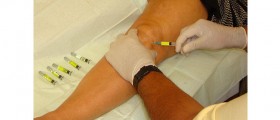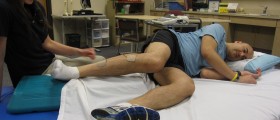I am considering PTNS procedure for nocturia. Can anyone who has had this type of treatment tell me their results, effects, etc.
Thank you.
Loading...
PTNS, or Percutaneous Tibial Nerve Stimulation, is a treatment for overactive bladder (OAB) symptoms, including nocturia (frequent nighttime urination). The procedure involves inserting a needle electrode near your ankle, which then sends electrical impulses to the tibial nerve. Through this nerve, impulses travel to the sacral nerve plexus in the pelvis, which plays a role in bladder function.
-
Efficacy:
- Many patients experience a reduction in OAB symptoms, including nocturia.
- The efficacy varies among patients, and while some see significant improvements, others may have more modest benefits.
-
Duration:
- Each PTNS session typically lasts about 30 minutes, and patients often undergo a series of treatments over 12 weeks.
- Maintenance treatments might be required every few weeks after the initial series, depending on individual needs.
-
Side Effects:
- PTNS is generally well-tolerated.
- Some patients report temporary mild pain or skin irritation at the needle insertion site.
- Rarely, patients might experience leg pain during or after the procedure.
-
Advantages:
- It's a non-surgical, outpatient procedure.
- It offers an alternative to medications for OAB, which might be unsuitable or cause side effects in some patients.
However, individual experiences can vary widely. It's essential to consult with your urologist or a specialist familiar with PTNS to discuss potential risks and benefits tailored to your specific situation. If you are considering this procedure, you might also benefit from connecting with patient support groups or forums where individuals share their personal experiences with PTNS.
Loading...







